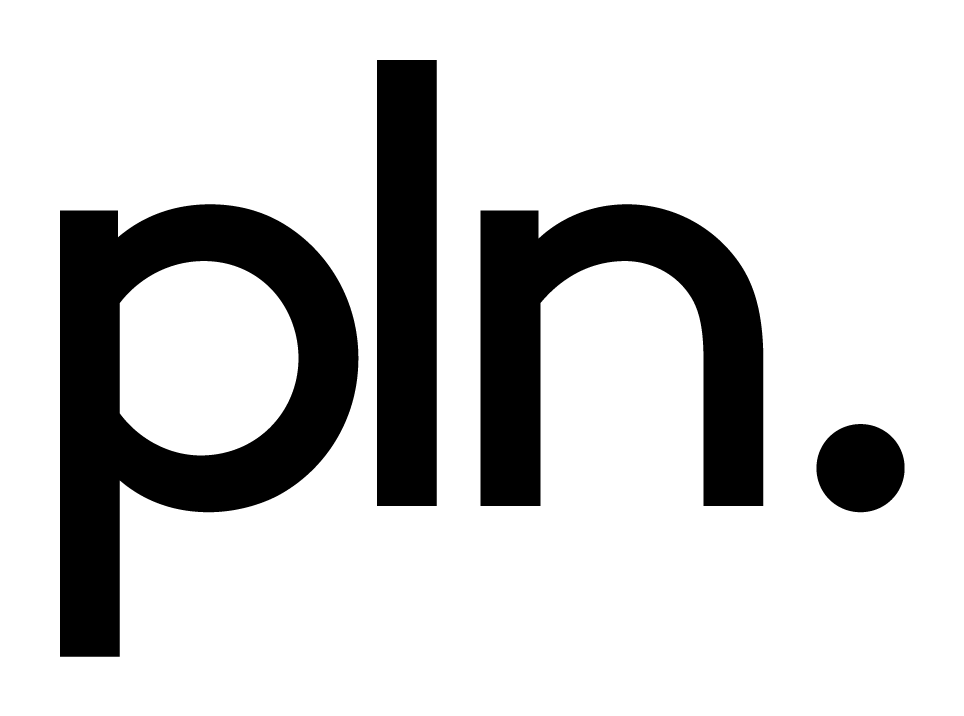The argument for focus
While many companies are attempting to lure employees with the promise of cool perks and fancy workplace designs, one of the greatest luxuries in open plan offices is having somewhere quiet and comfortable to focus.
While research proves that collaboration boosts creativity and productivity, more than 50% of our day is still spent on focused work. But the benefit of quiet contemplation is equally important for creativity.
23 minutes to refocus
It's often difficult to concentrate in a line of workstations or at a collaborative seating area. Once you’re in the "flow" it can take up to 23 minutes to regain it after an interruption. Shockingly a Leesman report has revealed that just 30% of employees surveyed are happy with the noise levels in their workplace.
Providing options
Activity Based Working is a workplace strategy which recognises that through the course of any day people engage in many different activities, and that they need different types of work settings to accommodate these activities.
Attractive, open collaboration areas have received the most attention in recent years, but designers are now starting to turn their thoughts to focused work settings as employees demand somewhere quiet to think.
Read on to find out what a successful focus space looks like.
